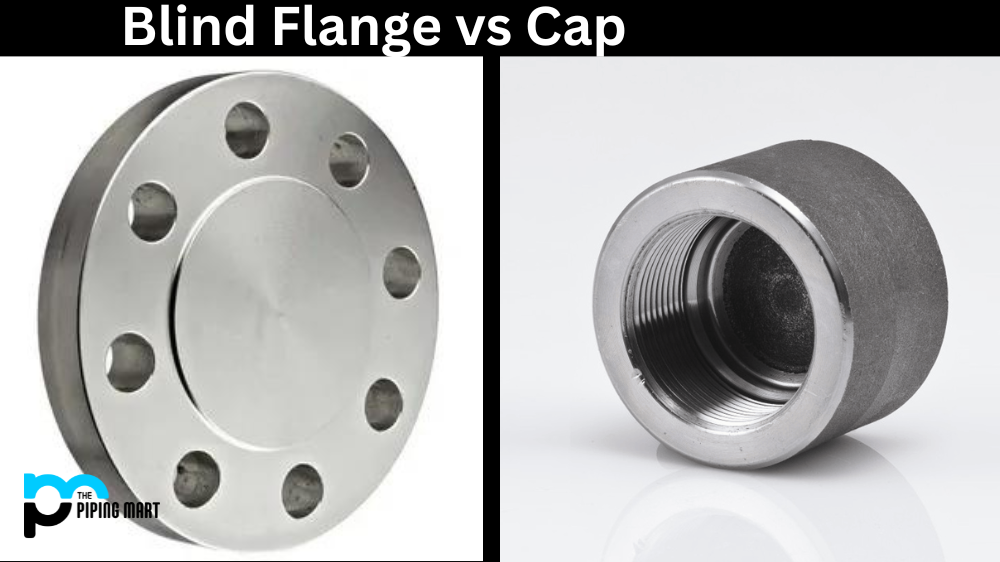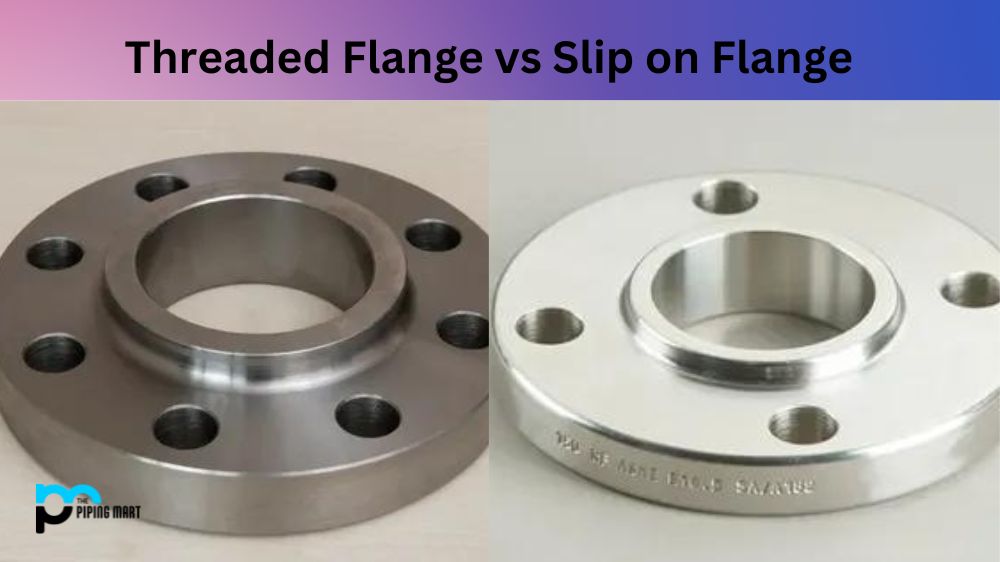Lap joint flanges are used in piping systems that consist of two parts – a stub end and a lap joint flange. Stub ends can be made of stainless steel profiles like T, U projects, or L. It acts as a connecting element by welding onto pipes and bolts the assembly to a corresponding lap joint flange. In this blog, we will outline the significance of using stub ends in lap joint flange assemblies, exploring their benefits and how they contribute to the effectiveness of piping systems.
The Essential Role of Stub Ends in Lap Joint Flange Assemblies
Lap Joint Flange Assembly Construction
First, let’s see how a lap joint flange assembly is constructed to understand the significance of stub ends. A lap joint flange comprises two components: the stub end and the lap joint flange. The stub end is a small length of the pipe with a flared-out end, and the flange is a plate attached to the pipe’s end. The two components hold the pipe in place and form a tight seal.
Cost-Effective Solution:
Stub ends offer cost-effective solutions to extend the life of pipes by allowing easy maintenance and disassembly. They are welded to the pipe, making removing or replacing worn-out flanges easy without affecting the entire assembly. So, it saves the expense of replacing the entire piping system. Due to this low maintenance requirement, stub ends have become increasingly popular in various industries.
Flexibility in Installation:
One of the significant benefits of using stub ends with lap joint flange assemblies is the installation flexibility. The use of stub ends allows pipes to be misaligned by a certain degree without causing leakage in piping systems. When using other flange types, such as welding neck flanges, misalignment can be a more significant issue that can cause damage to the flange or pipeline.
Resistance to Corrosion:
Stub ends made of stainless steel profiles like T profile, U project, or L profile are highly resistant to the effects of corrosion, making them an excellent choice for various industrial pipelines. Stainless steel stub ends do not wear out easily and do not corrode even in harsh environments. This means that a pipeline equipped with stainless steel stub ends lasts longer, reducing the overall costs for maintenance and repair.
Versatility in Applications:
Stub ends are supremely versatile in their applications. They come in various sizes and materials, depending on the specific requirements of the pipeline. This flexibility makes them suitable for various piping systems, from water treatment plants to petrochemical industries. The range of compatibility and the modular design of stub ends make them exceptionally useful and time-efficient.
Flexibility Maintenance
Another feature of stub ends is that it enables easy replacement or changing of the piping system without dismantling the entire pipeline. The lap joint flange assembly design enables pipes to be adjusted or replaced without interrupting the entire operation of the system. Stub ends can be trimmed or replaced without removing the lap joint flange. This feature saves time and money and ensures production continuity.
Enhanced Efficiency:
A lap joint flange assembly attached to a stub end provides a leak-free joint because the flange and the gasket can rotate independently. This distributes the stress uniformly, ensuring efficient and even loading on the pipeline. It eliminates the risks of welding flames near the bolts and gaskets, increasing efficiency and safety in operation.
Corrosion Resistance
Stub ends are the preferred choice for lap joint flange assemblies because they are commonly made from stainless steel, which prevents rust and corrosion. Using stainless steel stubs reduces the likelihood of corrosion on the joint and makes the assembly more durable and long-lasting, positively affecting maintenance costs.
Conclusion:
In summary, using a stub end in a lap joint flange assembly has significant advantages over traditional methods of pipeline attachment. Stub ends function as critical intermediate elements that allow for installation flexibility, resistance to corrosion, cost savings in maintenance and replacement, versatility in applications, and enhance the efficiency and safety of industrial piping systems. By selecting high-quality materials such as stainless steel profiles like T profile, U project, or L profile for stub ends, pipeline operators can be ensured that their system can operate effectively and efficiently for an extended period.




